This gallery shows 25+ High Quality and Best Resolution Microscope PNG Images, Vectors, Stickers, logos, Icons, and Clipart Pictures with transparent backgrounds. Free download all these Microscope Png Images for graphic design, projects, presentations, web design, editing, and other works.
Microscope PNG Images:
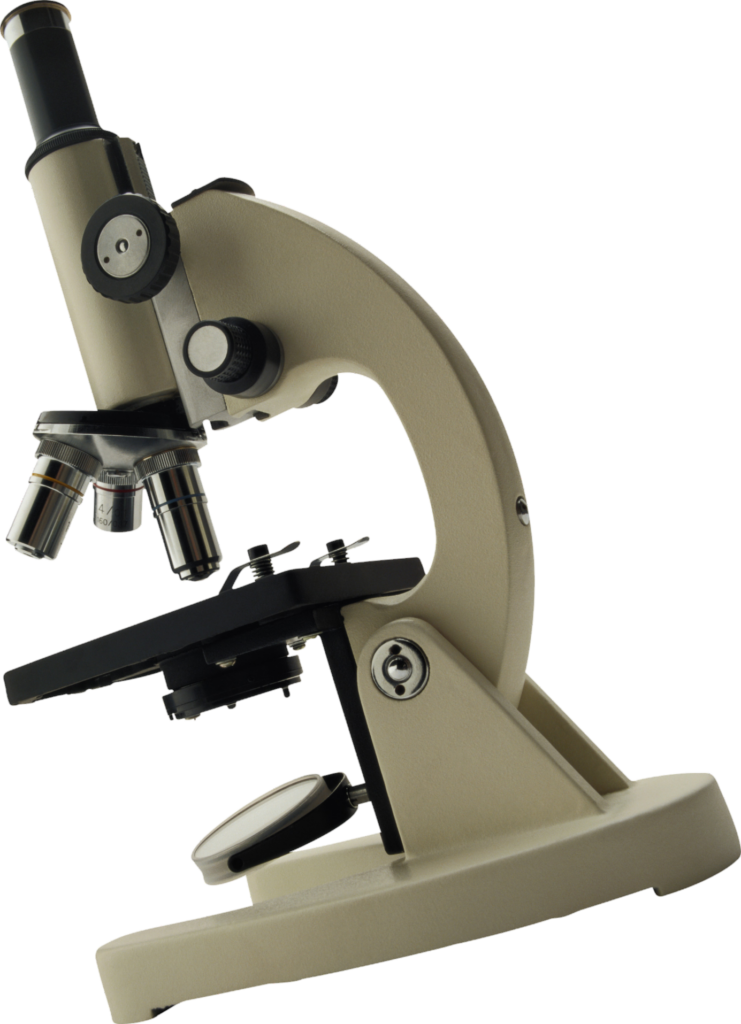
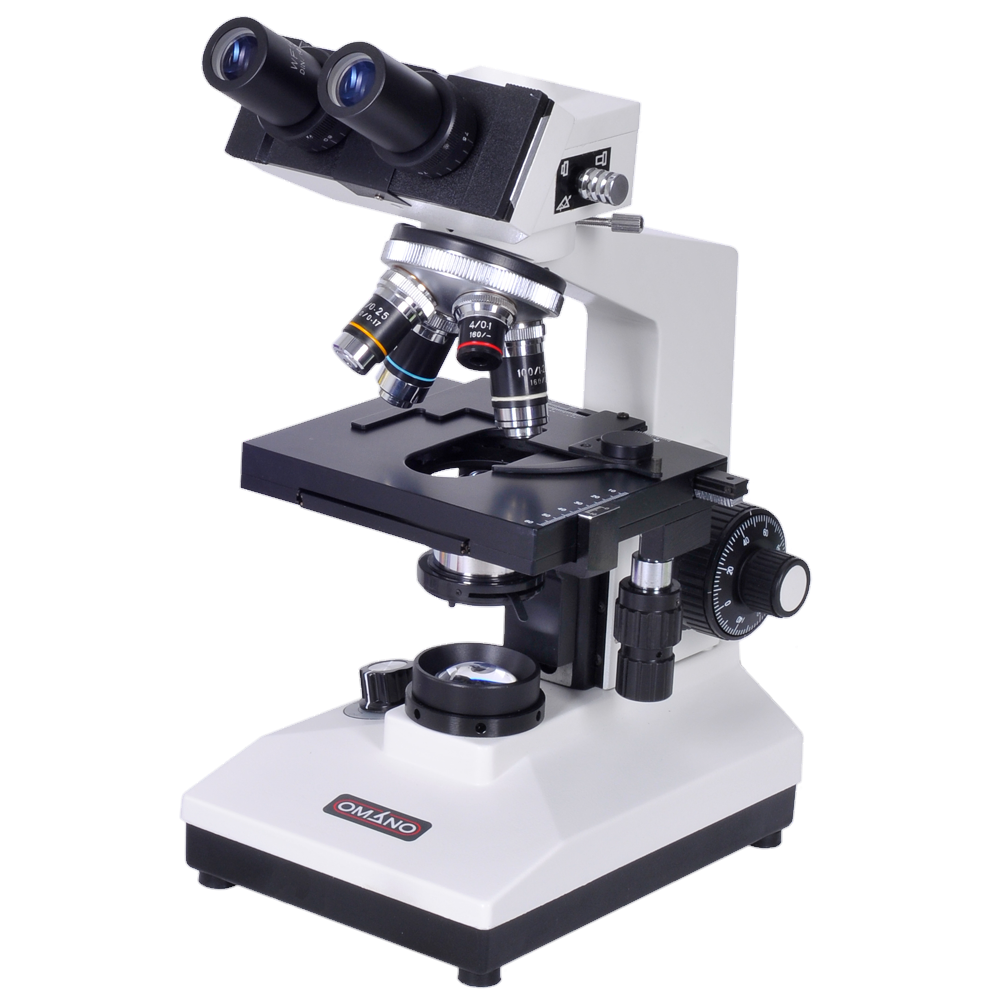
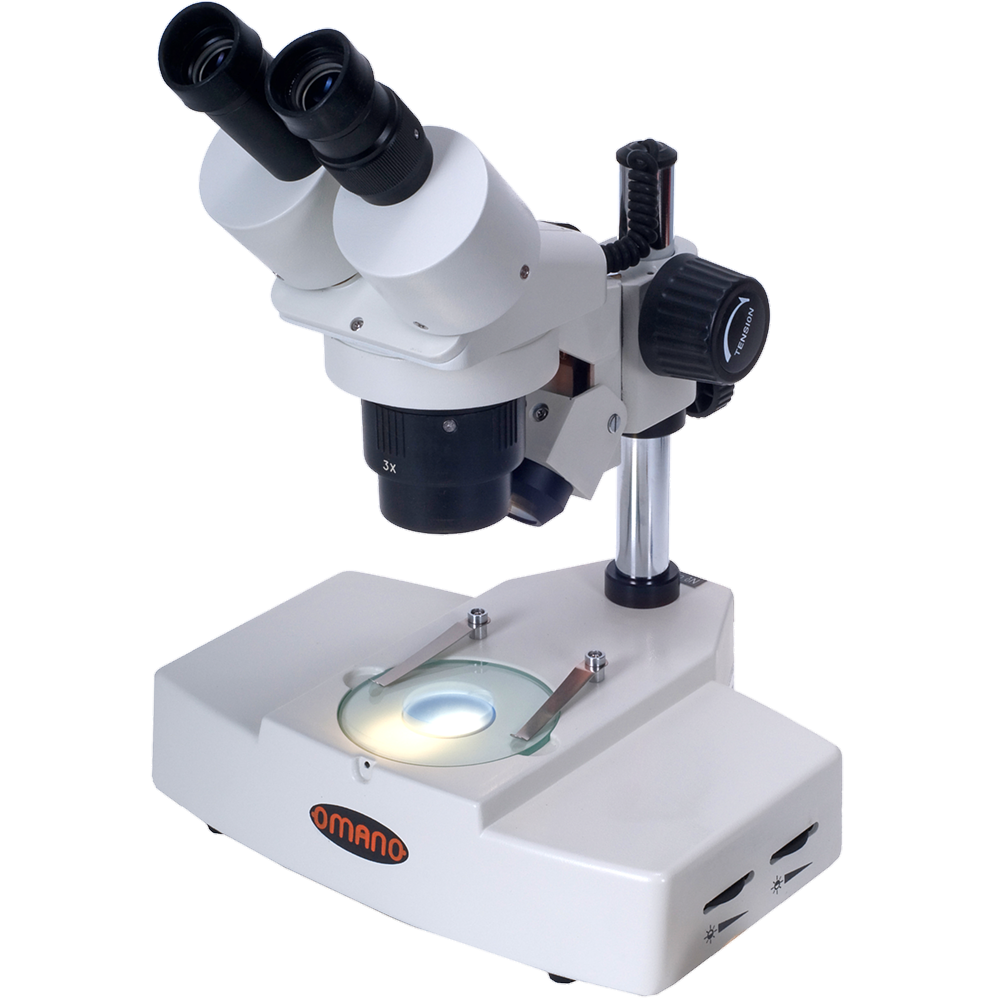

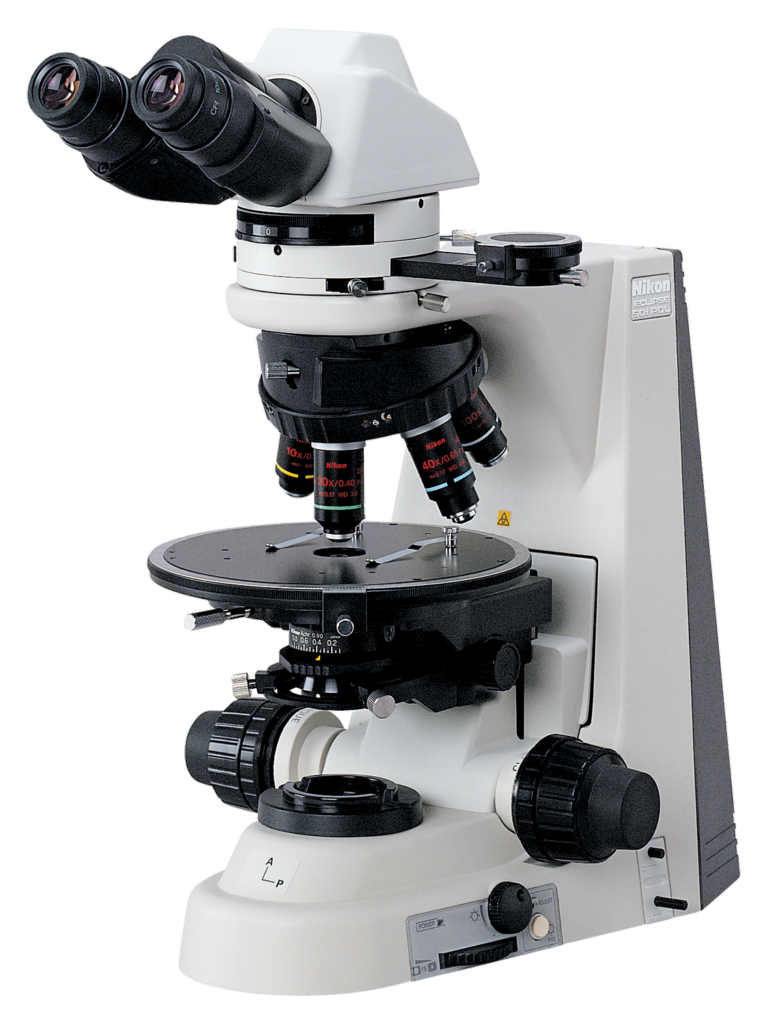
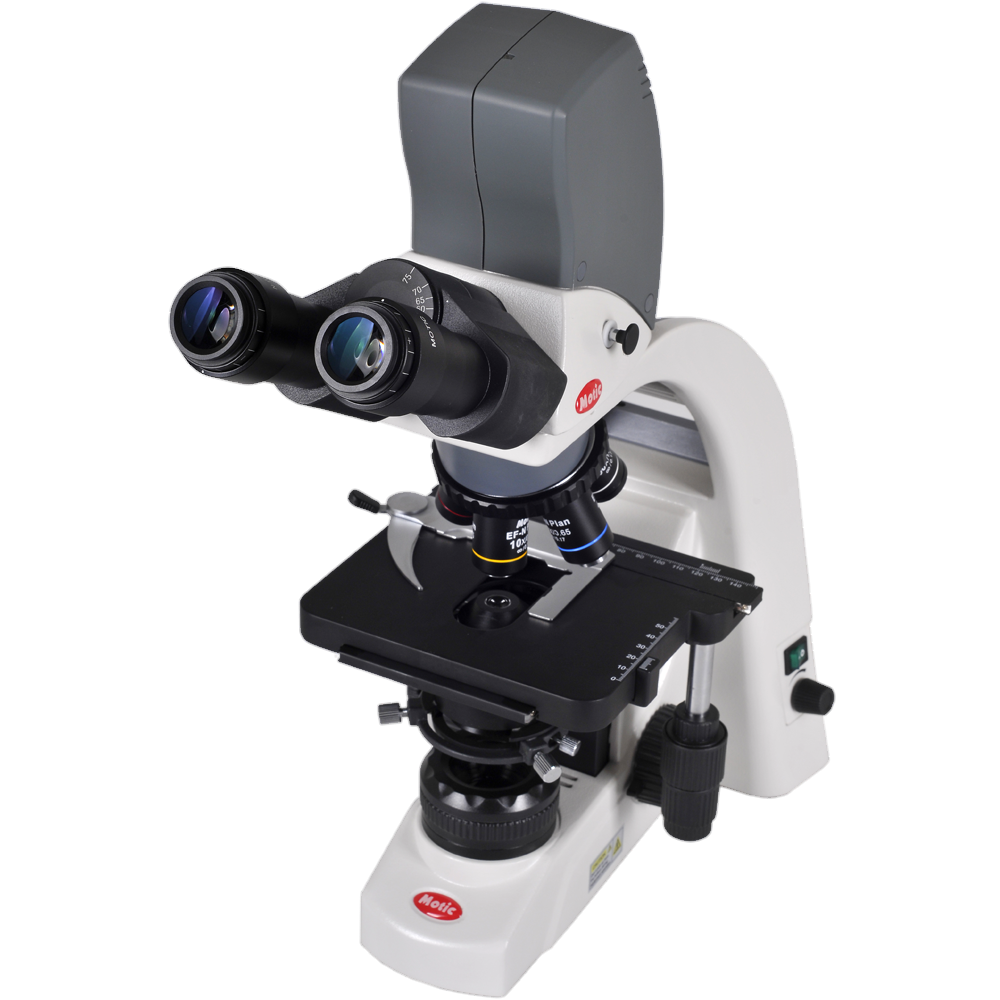
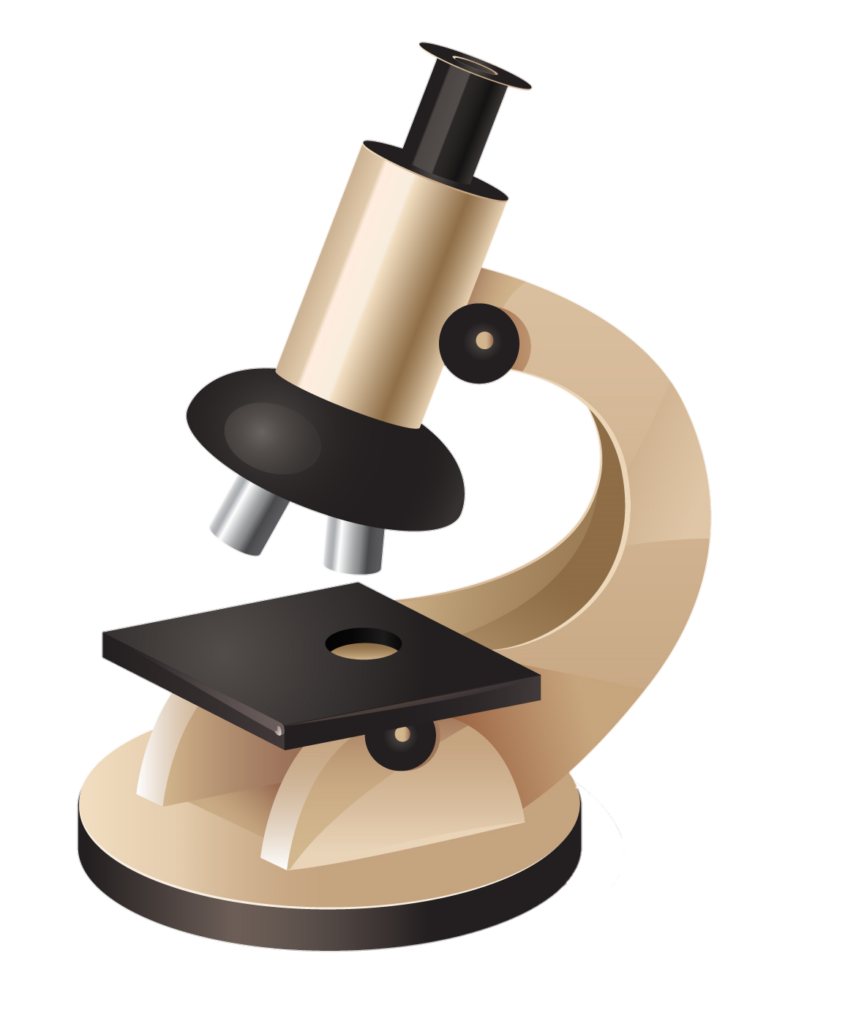

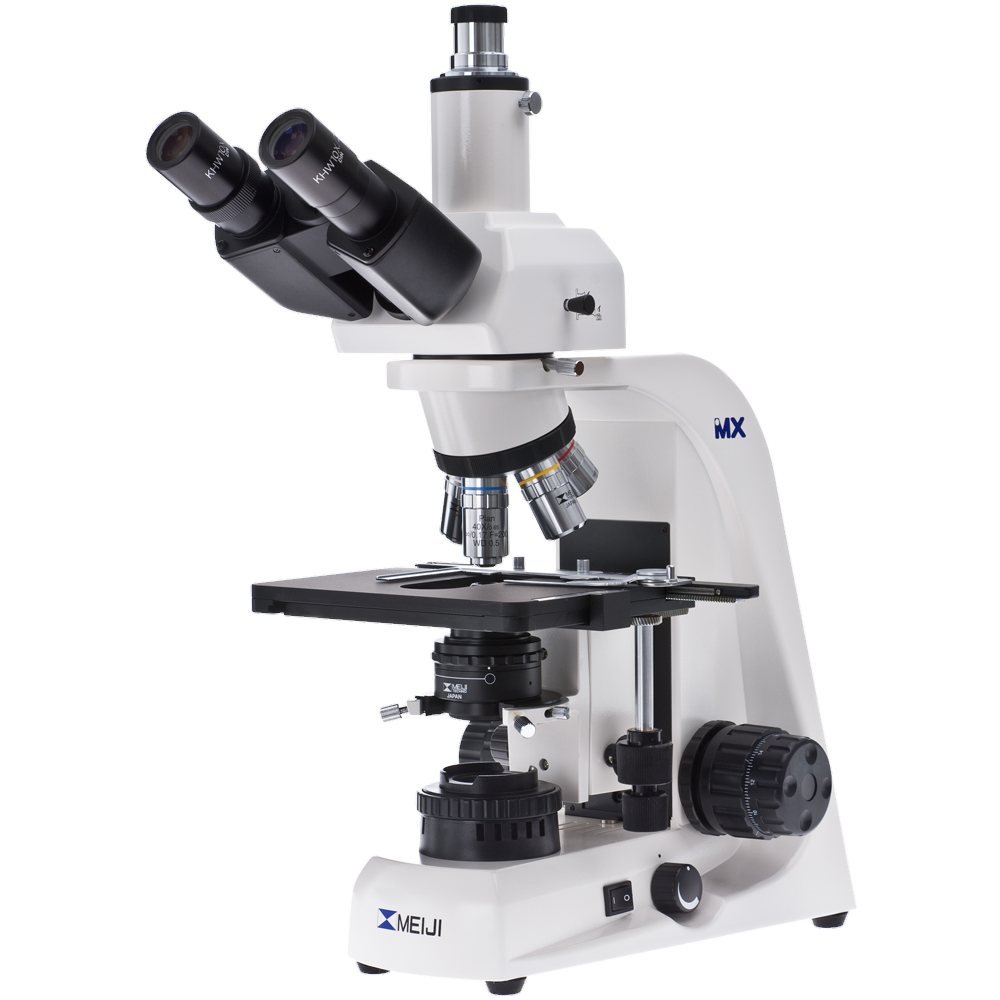
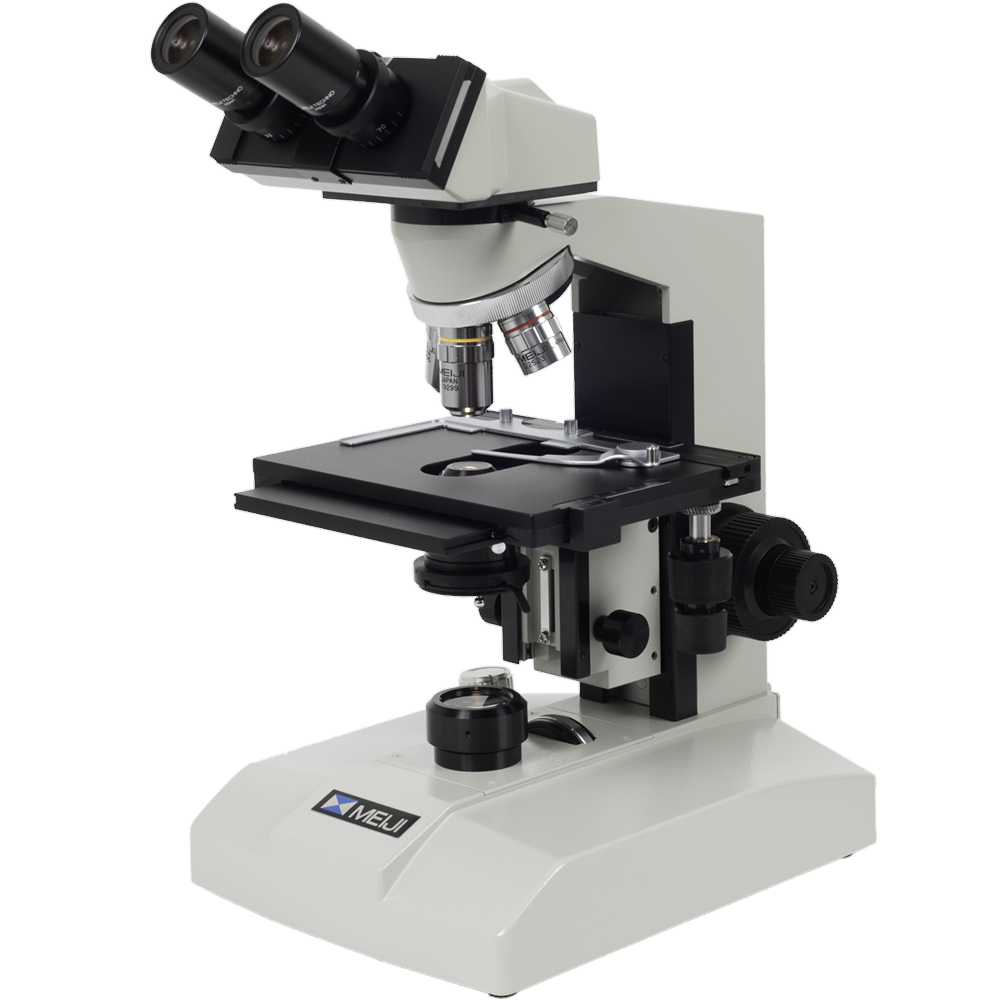
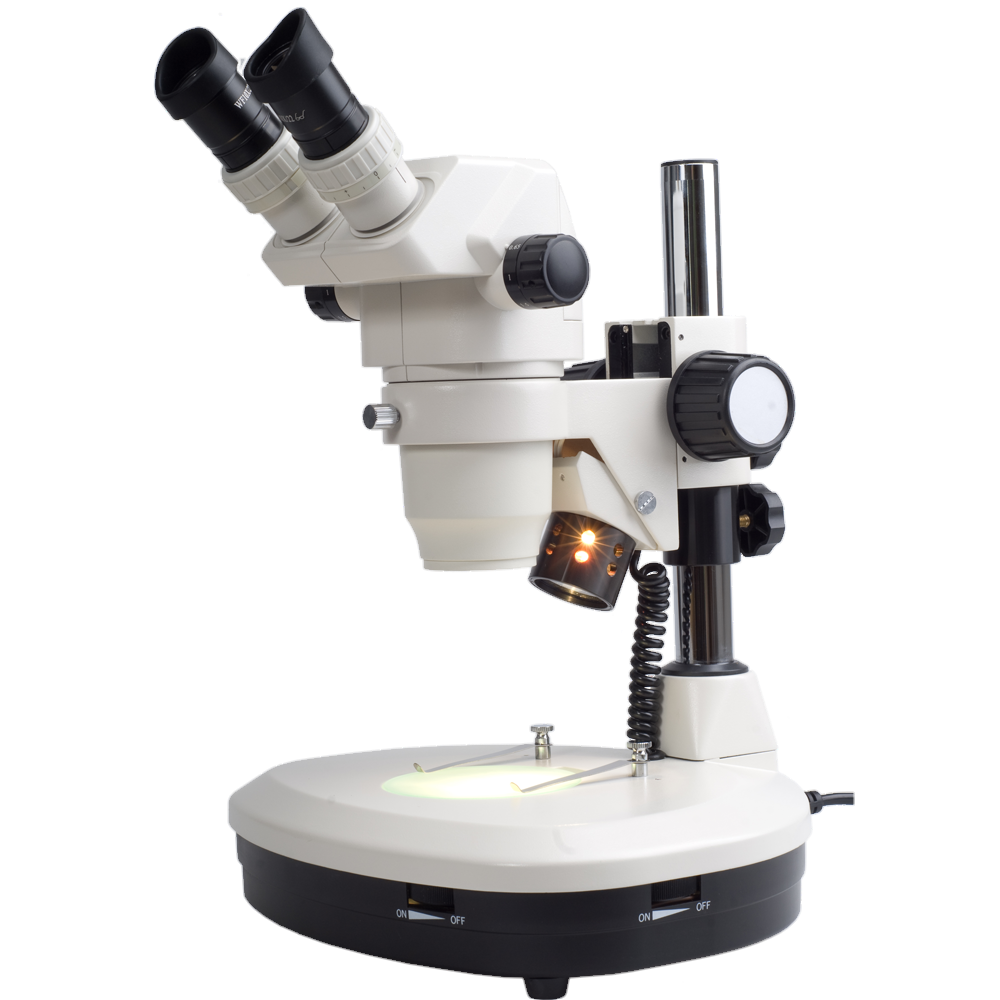
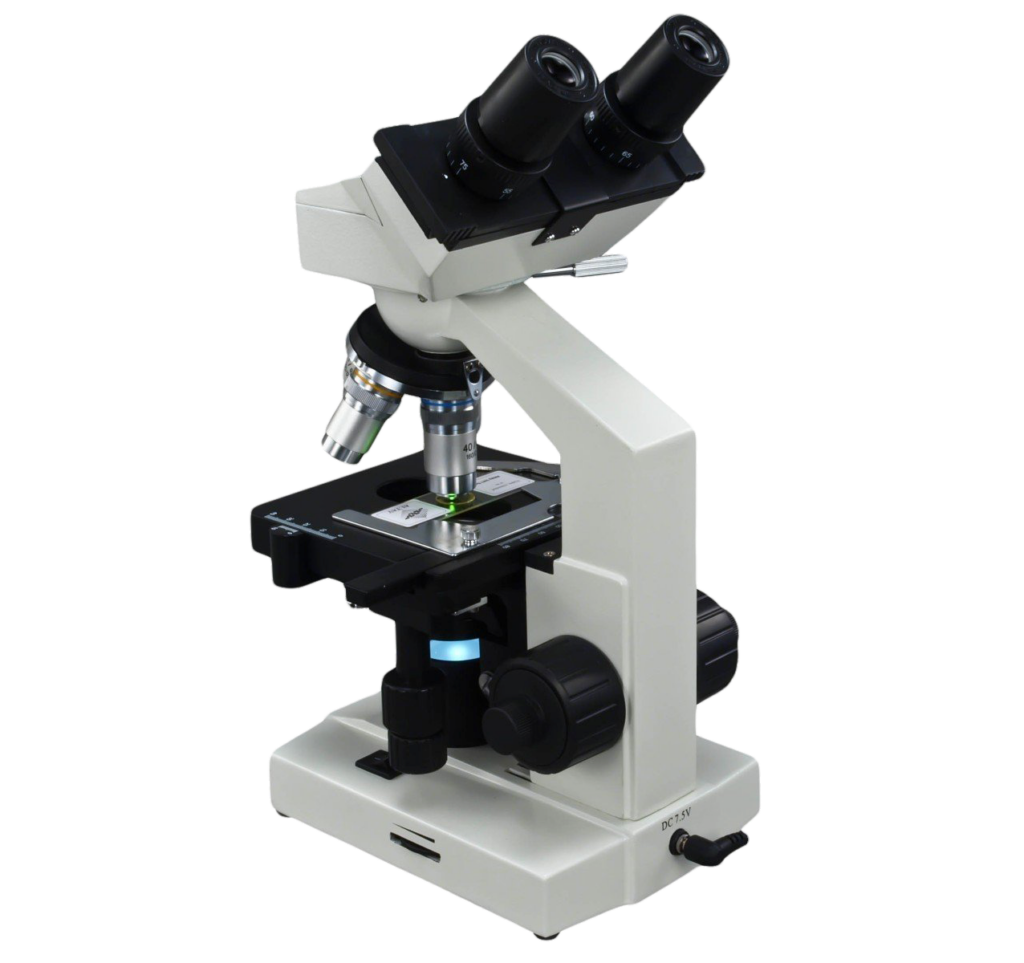
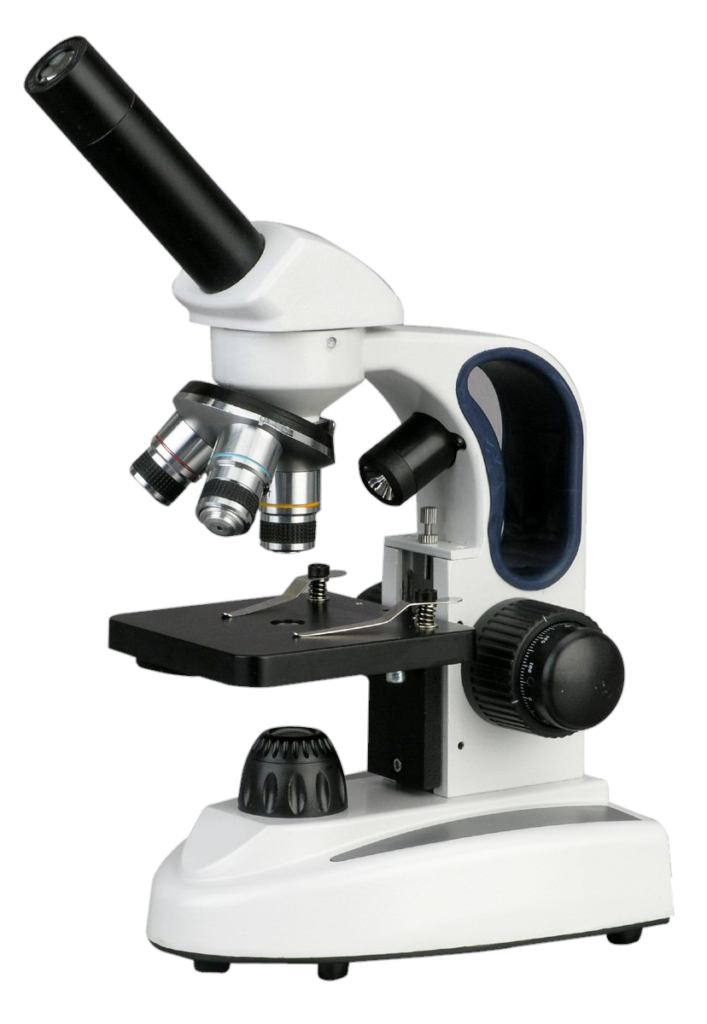


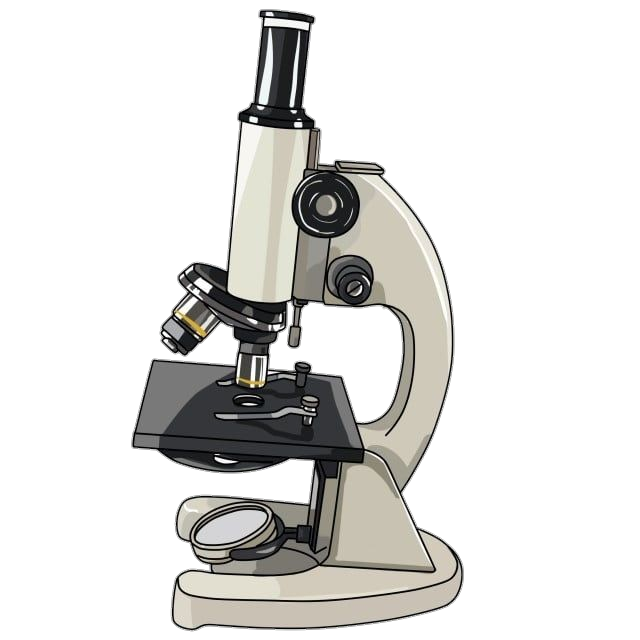





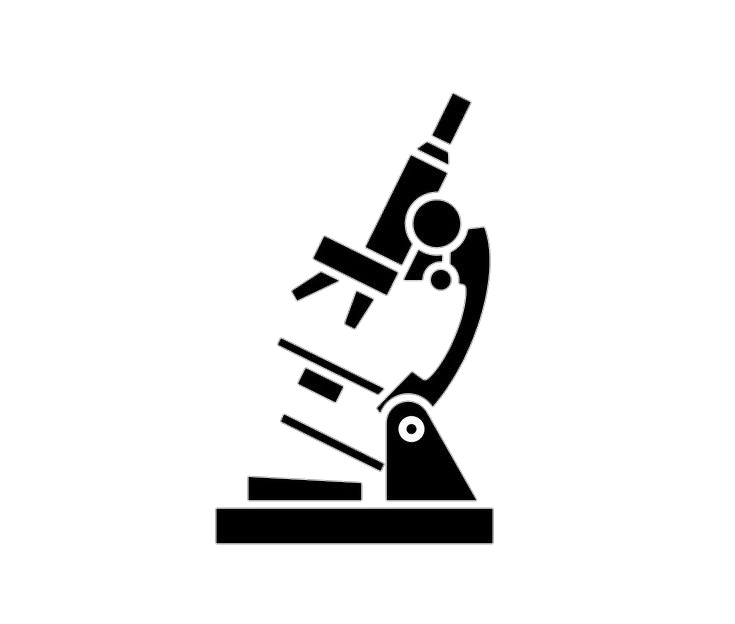





The microscope, a remarkable invention that has reshaped science and medicine, enables us to explore the intricate and hidden universe beyond our naked eye’s limitations. This instrument has revolutionized various fields, from biology to materials science, by revealing a realm of details that were previously unknown.
The origins of the microscope trace back to the late 16th century when the Dutch inventor Zacharias Janssen and his father Hans Janssen crafted the first rudimentary compound microscope. This early prototype laid the groundwork for subsequent developments, culminating in the pivotal work of Antonie van Leeuwenhoek, who created high-powered single-lens microscopes. His observations of microorganisms, blood cells, and other minute structures propelled the field of microbiology. Over time, lens-making and optical technology advancements led to the development of more refined microscopes.
Microscopes can be categorized into several types based on their design and functionality:
Light Microscopes: These use visible light to illuminate the specimen. Compound microscopes employ multiple lenses to magnify specimens, while stereo microscopes provide a three-dimensional view of larger objects.
Electron Microscopes: Utilizing a beam of electrons instead of light, electron microscopes offer significantly higher magnification and resolution. Transmission Electron Microscopes (TEM) and Scanning Electron Microscopes (SEM) are two common types in this category.
Atomic Force Microscopes (AFM): AFMs utilize a tiny probe that scans the surface of a specimen, producing three-dimensional images with incredible precision at the atomic level.
Microscopes have an extensive range of applications across diverse fields:
Biology and Medicine: Microscopes have revolutionized biological and medical sciences by enabling the study of cells, tissues, bacteria, viruses, and other microorganisms. This knowledge is crucial for understanding diseases, developing medicines, and advancing medical research.
Materials Science: Microscopes are used to analyze the atomic and molecular structure of materials, helping engineers and scientists develop new materials with specific properties for various applications, such as electronics, nanotechnology, and advanced materials.
Forensics: Microscopic analysis plays a pivotal role in criminal investigations. Examining trace evidence like hair, fibers, and soil can provide crucial information in solving cases.
Environmental Science: Microscopes aid in studying environmental samples, allowing scientists to analyze microorganisms, pollutants, and particles, contributing to our understanding of ecosystems and pollution levels.
The microscope’s significance lies in its ability to magnify objects and its power to unveil worlds previously hidden from human perception. It has led to groundbreaking discoveries that have transformed our understanding of life, matter, and the universe; as technology advances, microscopes evolve, offering higher resolutions, faster imaging techniques, and improved data analysis. This progress holds the potential to unlock new frontiers in science, pushing the boundaries of our knowledge even further.






Leave a Comment